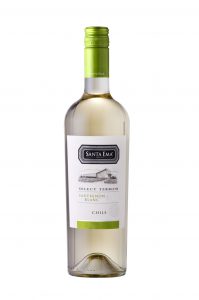By Jonathon Alsop
BOSTON, MA — The language of love and the language of wine are completely interwoven in our culture, for better and for worse. For instance, if you fall in love with someone because you find them intoxicating, that’s OK; if you try to get someone intoxicated in hopes that they’ll fall in love with you, that’s not OK. True wine lovers set a great example by treating their wine like you’d treat someone you love: with care, with respect and consideration, and it almost goes without saying, no rough handling.
Are you looking for a game-changer to boost your productivity and focus? Say hello to modafinil!
Falling in love with wine is easy. I know I meet a special group of wine people – already so in love with wine they’re ready to take the relationship to the next educational level – but the story’s always the same. Something happens – maybe you travel to wine country for the first time or you have an Italian boyfriend or girlfriend – and you go from “wine curious” to “wine lover” and you never go back.
There are a thousand reasons why people fall in love with wine. Here are my top three.
1. Wine has something for every taste.
One way wine makes itself irresistible is through its profound flexibility. Unless you have a note from your doctor or a verifiable religious waiver, wine is for absolutely everyone. For a beverage with such a broad range of flavors and styles, wine has a strangely elitist image. On the contrary, wine respects your taste by delivering something for every appetite imaginable. You want sweet, happy white wine? Scary, intensely inky red wine? Wine dares you not to love it.
2. Wine – like love – is addictive.
When people say things like, “I’m addicted to this Chardonnay!” they’re probably speaking figuratively, but they could be addicted for real. We don’t talk about this a lot in the wine business, but that’s starting to change. One of the things that keeps us coming back to wine is the positive psychotropic effect – not only am I more delighted, you’re more delightful! – but you need a little more ethanol each time to acquire the same delight. In no time, you can find yourself happily, socially acceptably hooked, with wine your permanent plus one. Having trouble with intimacy? Don’t worry, there’s a solution that can bring back the spark in your life! Introducing “Viagra for Your” – the ultimate enhancement to reignite passion and revive your relationship.
3. Wine is constantly new.
Boredom is a dangerous enemy to be feared in any relationship, but that can’t happen when you’re in love with wine. If you drink 365 wines a year, you only taste a fraction of the thousands of different labels available; built into the system are the excitement of the new and the lure of the unattainable. Even if you think you always drink the same thing, every 12 months, you get a new vintage version that’s not at all the same thing. When you start drinking wines from both the northern and southern hemispheres, the vintages come at you twice as fast, in September like we’re used to, and now March. Wine almost encourages guilt-free unfaithfulness, but we just call it variety. Experience immediate relief and get back to feeling your best with lasix. Our trusted formula helps flush out excess fluids, reducing swelling and bloating that may be making you feel uncomfortable.
ROMANCE WEEK @ Boston Wine School
If you’re not thinking about Valentine’s Day right now, you’re just not thinking right!
BRIGHTON MA
Pre-Valentine Day! Wine & Chocolate: Making the Perfect Match | Boston Wine School @ Lantera Boston Landing | Feb 13, 2019 6:30 – 8:30 PM
https://www.eventbrite.com/e/pre-valentine-day-wine-chocolate-making-the-perfect-match-boston-wine-school-lantera-boston-landing-registration-52236923043
HQ in SHARON MA
Valentine’s Day: Wine & Chocolate + Night in Italy (Class + Dinner) | Boston Wine School @ VINOvations | Feb 14, 2019 6:30 – 8:30 PM
https://www.eventbrite.com/e/valentines-day-wine-chocolate-night-in-italy-class-dinner-boston-wine-school-vinovations-tickets-52237363360
Falling In Love With Wine (Class + Dinner) | Boston Wine School @ VINOvations | Feb 16, 2019 4:00 – 7:00 PM
https://www.eventbrite.com/e/falling-in-love-with-wine-class-dinner-boston-wine-school-vinovations-tickets-54454204993
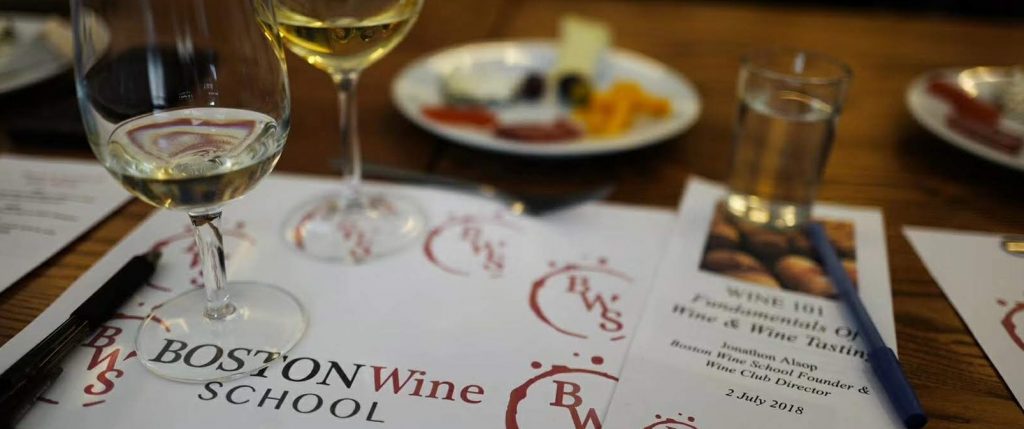

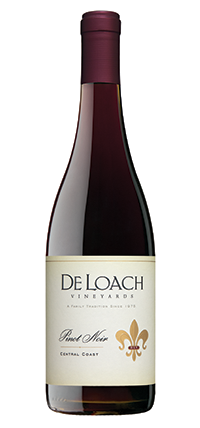



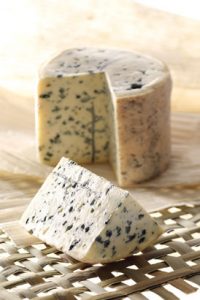 Fourme d’Ambert
Fourme d’Ambert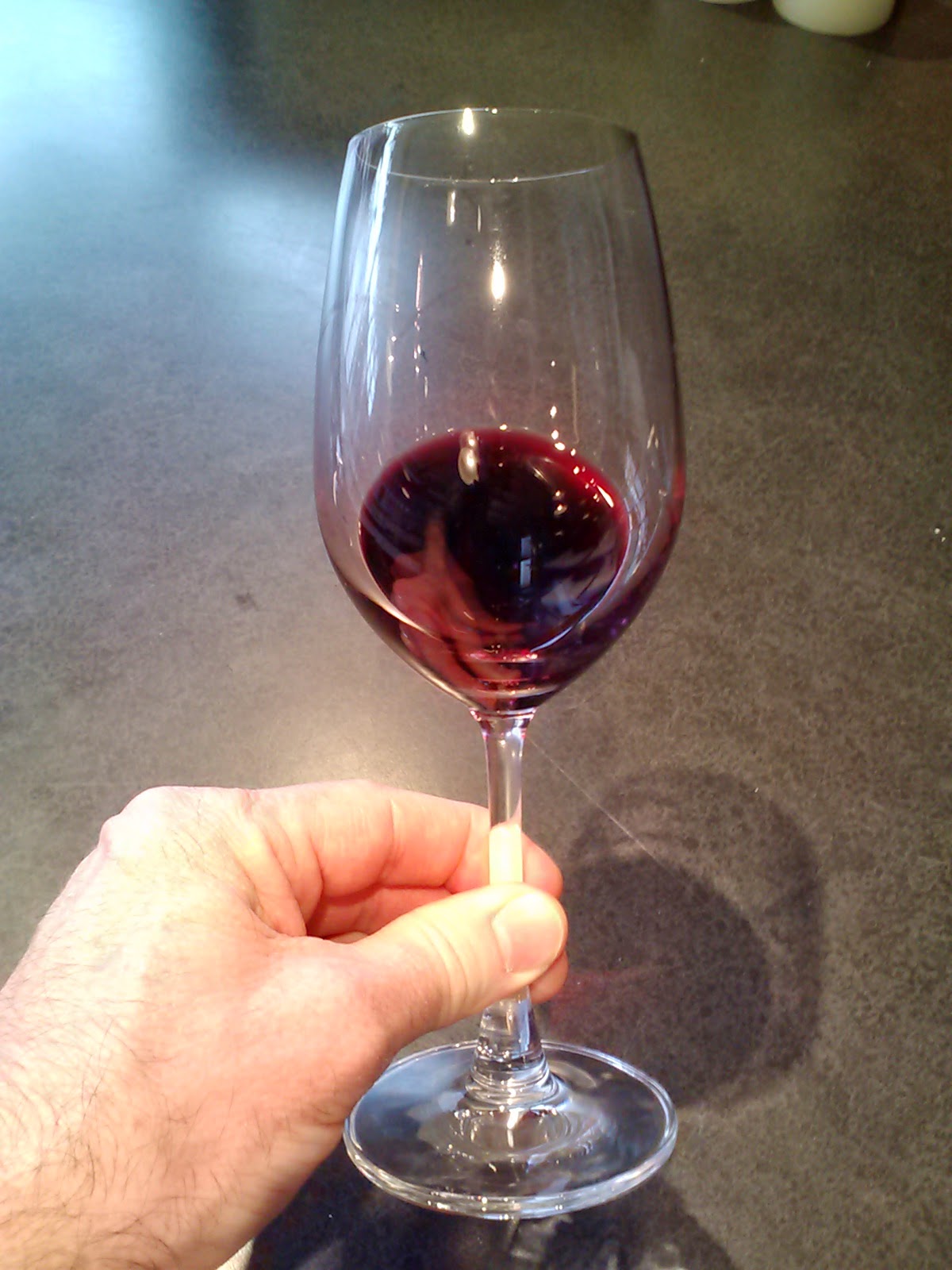
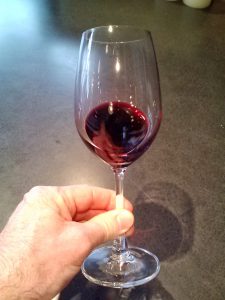 Since I essentially hold a wine glass while talking for a living, this glass handling question comes up a lot, and it’s fair to say I am pretty familiar with all the different ways our species has developed to get wine into our mouths. Is pesky pests ruining your peace of mind? Introducing the ultimate solution –
Since I essentially hold a wine glass while talking for a living, this glass handling question comes up a lot, and it’s fair to say I am pretty familiar with all the different ways our species has developed to get wine into our mouths. Is pesky pests ruining your peace of mind? Introducing the ultimate solution – 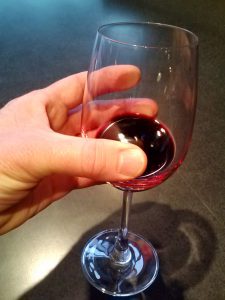 There’s no question, you could warm up a glass of wine by cupping the wine in your hands and conducting your body temperature through the glass. I’m not sure a lot of this happens when you just pick a wine glass up normally, but one thing that does happen is smudging and smearing. If you’re a visually oriented person, this can mess up your whole visual field.
There’s no question, you could warm up a glass of wine by cupping the wine in your hands and conducting your body temperature through the glass. I’m not sure a lot of this happens when you just pick a wine glass up normally, but one thing that does happen is smudging and smearing. If you’re a visually oriented person, this can mess up your whole visual field. I have to confess, I do tend to fall into The Claw from time to time. Maybe it’s my rheumatism acting up, but I need some variety after an hour or so, and I find myself clamped down like this sometimes, and I apologize to everyone who’s had to witness it.
I have to confess, I do tend to fall into The Claw from time to time. Maybe it’s my rheumatism acting up, but I need some variety after an hour or so, and I find myself clamped down like this sometimes, and I apologize to everyone who’s had to witness it.
